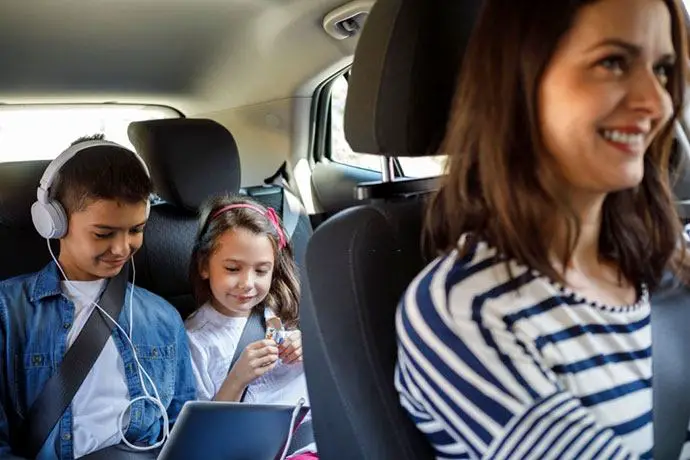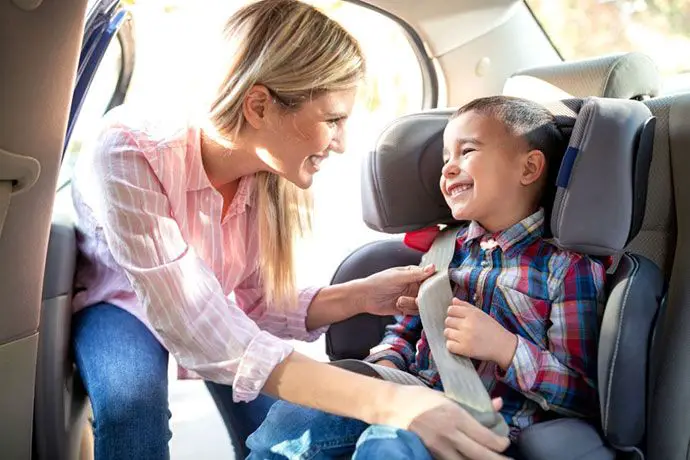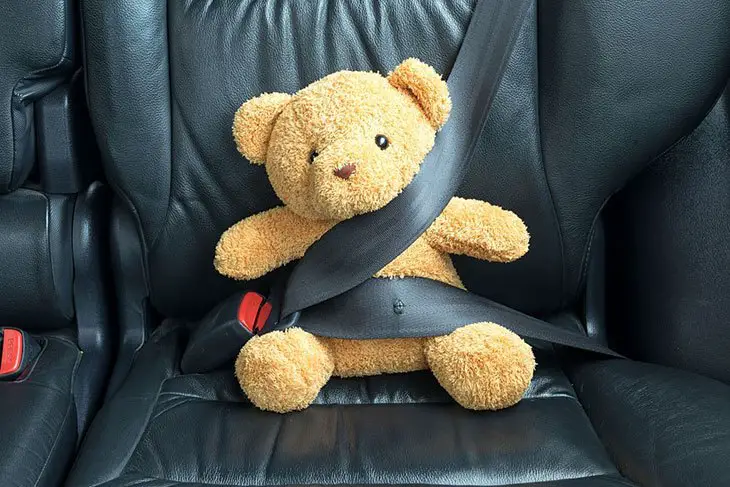The Standardized Child Passenger Safety Training Program was created in 1998 to establish quality control in child passenger safety course content and instruction. While Washington is fortunate to have more than 400 Certified Child Passenger Safety Technicians, there is still a significant need in both large and small communities to have more trained people with the interest and the time to help parents, grandparents and other caregivers learn how to keep children safe in cars.
Child Passenger Safety Certification classes are usually 3-4 days. Certification courses combine classroom instruction with hands-on exercises. Each course concludes with a community car seat check-up event where new technicians teach caregivers how to properly install and use car seats and booster seats.
Persons who successfully complete this course receive national certification as a Child Passenger Safety Technician through Safe Kids Worldwide (the certifying body of the program). Child Passenger Safety Certification is recognized everywhere in the United States, its territories and on non-domestic U.S. military installations.
More...
A $95 registration fee covers the course manual and your first two years of certification. Some courses may charge an additional local fee to cover meals, snacks, room rental fees, etc. Participants must be 18 years of age at the time the course begins.
Courses are conducted throughout the year by a variety of local, state and national agencies and organizations. To learn more about upcoming classes or how to become a certified Child Passenger Safety Technician, call the Safety Restraint Coalition at 1-800-282-5587 or visit the Safe Kids Certification Web site http://cert.safekids.org.
Code of Conduct for CPS Technicians
For the families you serve
- Provide the highest level of service.
- Be polite and professional.
- Give good service regardless of race, ethnicity, color, national origin, gender, sex orientation, religion, age, disability, social or economic level.
- Listen to people. Acknowledge their strengths. Build on their abilities. Learn from them.
- Respect parents and their right to make decisions for their children.
- Be an example for others, as a safe and courteous driver.
- Always wear your seat belt and be a positive role model for children.
- Participate in community events, as your agency or organization is part of the community.
- Support occupant protection programs, like Click It Or Ticket, teen buckle-up challenges and important legislation.
- Make services available to everyone, especially those at risk, such as rural, non-English speaking, and low-income communities.
- Work toward safe transportation through education, research and advocacy.
- Support policies for safe transportation for children and families.
As a colleague
- Work with colleagues. Trust and respect them. Share resources.
- Support colleagues in meeting their professional needs and development.
- Respect everyone's personal dignity, especially in resolving disagreements and what you may think are behavior problems.
- Be careful and respectful when talking personally and professionally about colleagues.
As a leader
- Develop and maintain your competence, such as your current certification status.
- Document your work according to agency, state and national standards.
- Follow all CPS certification program content in your own education and training programs.
- Correctly enter information into the CPS online system.
- Maintain the integrity and security of tests and assessments.
- Protect confidential information about families you assist.
CEU Opportunities
Technicians and instructors are required to log at least six hours of continuing education (CEUs) for re-certification. The CEUs must be obtained and reported during one’s current certification cycle (two years). There is no carry-over from one period to the next. CEUs must fit into one of the following categories:
- 1. Attend a session/workshop (max. 6 CEUs)
- 2. Teleconferences (max. 5 CEUs)
- 3. Online/Web sessions (max. 5 CEUs)
- 4. Newsletters/manuals/journals (max. 3 CEUs)
You may mix and match categories to meet the six required hours of continuing education.
All categories of CEUs must meet the content requirements of improving CPS technical knowledge, such as LATCH, a child restraint manufacturer workshop or CPS technical update. Non-technical CPS sessions, such as how to raise funding or run an inspection station, do not qualify.
For more information visit the Requirements for Re-certification page of the SafeKids Web site.
How to create a CEU opportunity in 10 easy steps
- Pick a topic.
- What about this topic do you want your audience to walk away with? This is the CEU objective.
- Gather your data.
- Put it in a structured outline.
- Double check your facts.
- Have a Senior Technician or Instructor review your material for accuracy and clarity.
- Add illustrations. Especially good if you’re creating a PowerPoint presentation.
- Practice and time your presentation.
- Fill out a CEU pre-approval form if you are seeking pre-approval.
- Fax your presentation request to Safe Kids at (202) 393-2072.
Re-certification
Technicians need to re-certify every two years by meeting all of the following requirements
- Assure the contact information listed in your “personal profile” on the Safe Kids Web site is current.
Forgotten your login name or password? For help in accessing your “personal profile” call 1-877-366-8154 or send an email to [email protected]
Your “profile” information is used to contact you with important certification information such as re-certification reminders, and monthly CPS Express and quarterly Tech Update newsletters. Note: Reading two issues of the Tech Update newsletter and completing a short quiz on each will earn you one CEU credit. - All technicians and instructors are required to participate in at least one community event. This event must be logged into the online system.
- OPTION 1: Two-hour check-up event with at least one other CPS Technician at which you serve families using any standardized checklist to provide documentation, if needed.
- OPTION 2: Provide at least four hours of community education to non-CPS Technicians, such as a presentation to parents, educators, kids, or organizations.
- Earn 6 hours of continuing education units (CEU's).
- Complete 5 car seat installations (rear-facing infant seat, rear-facing convertible seat, forward-facing seat with a harness, belt-positioning booster and installation using LATCH) approved by a Certified Instructor
- Instructors must enter 20 teaching hours in addition to these requirements to re-certify as an instructor.
- Register and pay current re-certification fee ($50 for technicians/Instructor Candidates, $60 for instructors.)
For complete details visit the re-certification page of the Safe Kids Web site.
REMINDER: There is NO grace period for re-certification!
Failure to re-certify
You will fail to qualify for regular re-certification if one of the following occurs:
- You do not meet all of the re-certification requirements.
- You do not register and pay before your expiration date.
- You do not pass a re-certification audit.
Your options if you fail to re-certify are
- Successfully complete the one-day certification renewal course.
- Repeat the certification course.
Click here for more information on re-certification.






